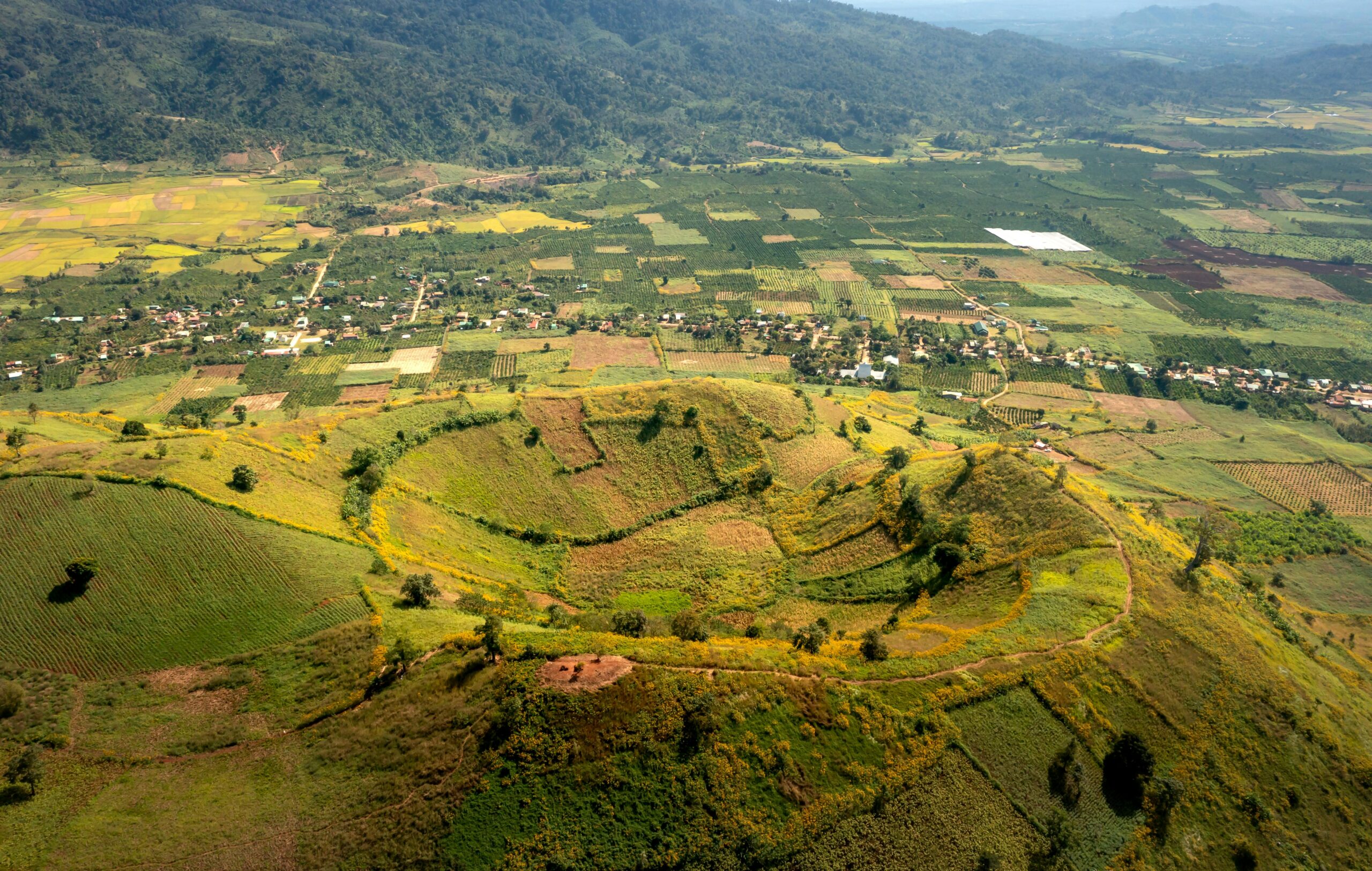Introduction
Nestled in the western region of the Philippines, Palawan island stands out as one of the world’s last ecological frontiers. Famed for its pristine beaches, crystal-clear waters, and unique biodiversity, Palawan has long captivated travelers eager for adventure and tranquility. Beyond its postcard-perfect scenery, the island offers a rare blend of natural wonders, vibrant cultural heritage, and sustainable tourism practices. For those seeking an escape from the ordinary, Palawan promises an immersive experience where nature and humanity harmoniously coexist. In this article, we’ll delve into the island’s enchanting landscapes, its rich ecosystems, the vibrant communities that call it home, and why Palawan remains a model for sustainable tourism across the globe.
Natural Wonders and Breathtaking Landscapes
Palawan is renowned for its captivating scenery, stretching from the dramatic limestone cliffs of El Nido to the hauntingly beautiful Underground River of Puerto Princesa, a UNESCO World Heritage Site. The island features a patchwork of lush jungles, mangrove forests, secret lagoons, and dazzling white-sand beaches fringed by turquoise waters. Such varied topography not only provides a feast for the senses but also supports a plethora of outdoor activities such as island hopping, kayaking, diving, and spelunking. The remote Coron Bay, with its haunting WWII shipwrecks, attracts divers from around the world, while the tranquil town of San Vicente offers the longest white beach in the Philippines, serving as a testament to Palawan’s diverse and unspoiled beauty.
Biodiversity: A Living Treasure Trove
What sets Palawan apart is its unrivaled biodiversity. The island is home to countless endemic species—such as the Palawan peacock-pheasant and the elusive Philippine mouse-deer—that thrive in its protected forests, reefs, and wetlands. Coral reefs around Tubbataha Reefs Natural Park, another UNESCO site, harbor more than half of all known corals in the world and a kaleidoscopic array of marine life, making Palawan a haven for scientists, conservationists, and snorkelers alike. These interconnected habitats underscore the vital importance of preserving Palawan’s unique natural heritage, while also providing vital livelihoods for local communities who rely on fishing and eco-tourism.
Cultural Heritage and Community Resilience
The soul of Palawan is equally defined by its people, particularly its indigenous groups such as the Tagbanua and Palaw’an. These communities have sustained their cultural identity and traditional livelihoods despite modern pressures, with eco-conservation and responsible tourism providing new opportunities for empowerment. Festivals, handicrafts, and ancestral customs enrich Palawan’s social tapestry, inviting respectful visitors to share in rituals and folklore that have shaped the island’s spirit. The cooperative efforts between locals and environmental groups have resulted in innovative conservation initiatives and an improved quality of life, demonstrating how human and ecological well-being are inseparably linked on the island.
Sustainable Tourism: Balancing Growth and Preservation
Palawan serves as a model for sustainable tourism in Southeast Asia, balancing the influx of visitors with a strong commitment to environmental stewardship. Community-based eco-tours and certified green resorts ensure that economic benefits reach local residents while minimizing ecological footprints. Strict regulations on development and waste management protect fragile ecosystems from over-tourism. Educational programs targeting both travelers and locals foster an ongoing culture of conservation. Through these concerted efforts, Palawan continues to thrive as a destination where visitors not only admire paradise but also contribute to its long-term preservation, making every journey a partnership in protecting this extraordinary island.
Conclusion
Palawan’s allure extends far beyond its extraordinary scenery; it is woven from the interplay of resilient ecosystems, vibrant cultures, and inspired conservation practices. From its awe-inspiring landscapes and remarkable biodiversity to the enduring traditions of its people and its pioneering approach to responsible tourism, Palawan demonstrates what can be achieved when nature and humanity thrive together. As travelers seek meaningful and sustainable experiences, Palawan stands as a guiding light, offering lessons in stewardship and intercultural respect. Visiting this exceptional island isn’t just a personal escape—it’s a step toward a more conscious and connected relationship with the planet’s most precious places.
